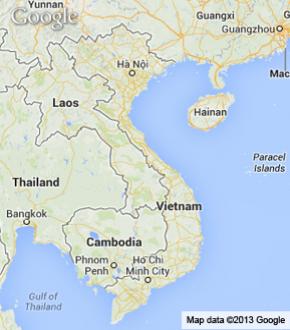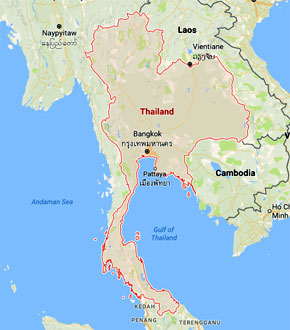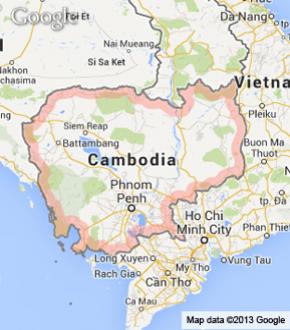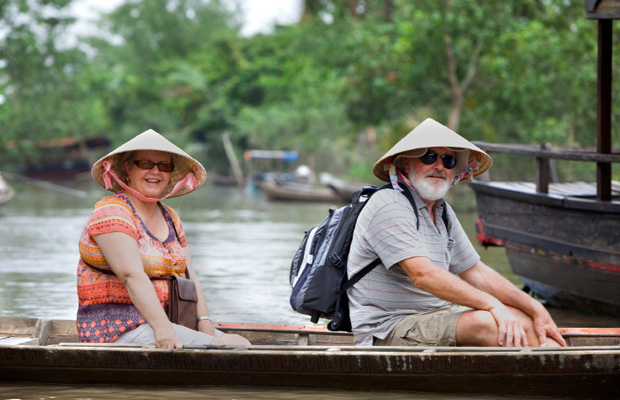The UNESCO World Heritage Sites in Vietnam mean that the country is blessed with 8 sites that have gained world recognition. These vary from natural scenic wonders to important places of scientific interest. The country’s booming tourist industry is bolstered by having these amazing places of scientific and scenic beauty. Starting from the north of the country and moving south, they are:
Halong Bay: one of the Natural UNESCO World Heritage Sites in Vietnam
Halong Bay is a 1,555 sq km (600 square miles) natural wonder. Formed over 500 million years, it consists of a part of the Bay of Tonkin where the rocks have been eroded. All that remains are 1960 limestone karst formations that jut imperiously out of the sea. It is astonishingly beautiful. It has been blessed with many awards. World Heritage status in 1994 and again with increased criteria in 2000. It was also voted to be one of the Seven Wonders of Nature in a World Survey. Of all the UNESCO World Heritage Sites of Vietnam, this is probably the one that draws the most tourists.
Thang Long Imperial Citadel
This marvellous Citadel in Hanoi was listed in 2010 by UNESCO. The Imperial Citadel of Thang Long is a cultural complex that comprises the royal enclosure built up to a thousand years ago. The Ly Dynasty started the construction and it was subsequently completed by the Tran, Le and the Nguyen Dynasty.
This whole complex was in varying states of disrepair by the late 19th century. As the French conquered Hanoi, it suffered badly. By the time the 20th century dawned, many remaining structures were further damaged or destroyed. Finally in the 21st century the foundations of Thang Long Imperial City were excavated properly.
The Flag Tower of Hanoi is 33.4 m (110 ft) high, 41 m (135ft) with the flag. It has become a symbol of the city. It was built in 1812 during the Nguyen Dynasty. This was spared during the French colonial rule (1885–1954) as it was used as a military post.
The Ho Dynasty Citadel
The Ho Dynasty Citadel is also called Tay Do Castle or Tay Giai Castle. It was constructed during the reign of the Ho Dynasty of 1440 – 1407. It is found in Tay Giai Commune, in Vinh Loc District, Thanh Hoa Province. This is on Vietnam’s North Central Coast. Rectangular in shape, the Citadel is served by four gates. These are the south or fore gate, the north or back gate, the east or left gate and the west or right gate.
The castle was constructed from huge blocks of stone. These measure 2 metres × 1 metre × 0.7metres (6ft 7ins × 3ft 3 ins × 2ft 3 ins) on average. The castle is mostly ruined, only the gates remain in good condition. The Citadel was inscribed as one of the UNESCO World Heritage Sites in Vietnam on June 27, 2011.
Trang An Landscape Complex
Trang An Landscape Complex sits at the southern most edge of the Red River Delta. This is in Ninh Binh Province. The area became one of the UNESCO World Heritage Sites in Vietnam in June 2014. This is the first site to be acknowledged as a mixed natural and cultural property.
The landscape here resembles that of Halong Bay, with huge limestone karst formations rising ups out of the rivers. It is a delightful area, where the limestone karst peaks protrude out of valleys. Some of these are submerged. The whole area surrounded by steep, almost vertical cliffs.
Archaeologists have discovered traces of human activity that date back almost 30,000 years. The area is rich with: temples, pagodas, villages, paddy fields, and other sacred sites. There are 500 species of flora, 73 species of birds and 41 species of other animals here. This is renowned for its diverse ecosystem, unique scenic beauty and is a geological gem.
Phong Nha – Ke Bang National Park
Phong Nha - Ke Bang National Park is to be found in the heart of the Annamite Mountain Range. This is Quang Binh Province in Central Vietnam. It shares its boundary with the Hin Namno Nature Reserve in the Lao Peoples’ Democratic Republic. It joined the list of UNESCO World Heritage Sites in Vietnam in 2003.
The park covers an area of 85,754 hectares (331 square miles). It houses a rich diversity of terrestrial and aquatic habitats, tropical dense forests and large caves,. The most famous cave here is the amazing Son Doong cave, which was only internationally known in 2009. It is officially recognised as the world’s biggest cave.
It was locally discovered by a resident of the area in 1991. The noise from the river that flows through it, terrified the local people, who simply stayed away from it. The largest chamber of Son Doong is more than 5km (3 miles) long, 200 m (650 ft) high, and 150 m (almost 500 feet) wide.
Complex of Hué Monuments
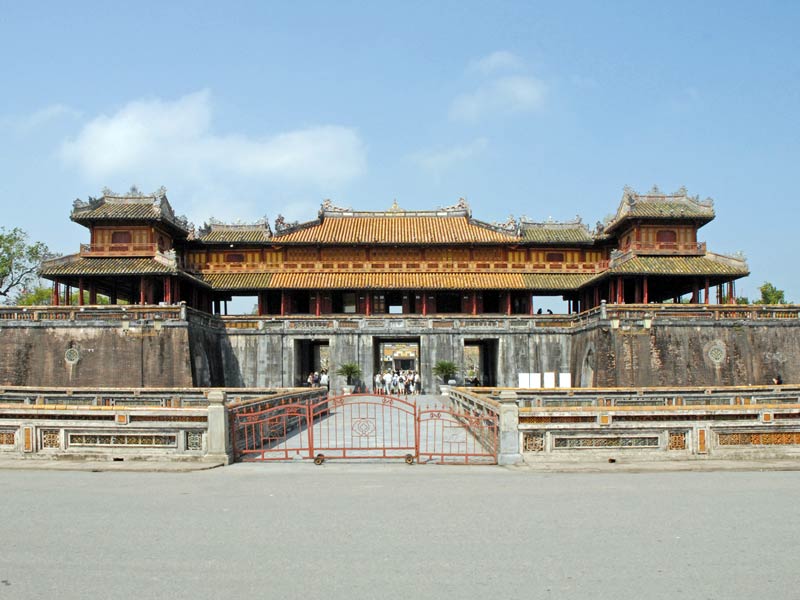
The Complex of Hué Monuments was the first to be names as one of the UNESCO World Heritage Sites in Vietnam; this was in 1993. The complex was constructed during the Nguyen Dynasty between the early 19th and the mid-20th century. It holds incredibly important cultural, religious and political values. The architecture here is sophisticated. Structures represent the five cardinal points, centre, north, south, east and west. These are balanced perfectly with the five elements: fire, water, earth, wood and metal, and the important colours of eastern beliefs: yellow, white, blue, black, and red.
This is a large site, covering some 500 Hectares (1,235 acres) it includes four citadels: Tu Cam Thanh (Forbidden Purple City), Kinh Thanh (Capital City), Hoang Thanh (Imperial City), and Dai Noi (Inner City).
Hoi An Ancient Town
Hoi Ancient Town is a remarkable example of an old trading port. The town used to be the deepest sea port in the country and was a hugely important trading centre on the spice route. Foreign traders from Portugal France and many other nations were regular visitors here. Unfortunately for the town, the port began to silt up just at the same time as Danang began to grow in prominence.
As the town became less and less important it simply became almost a ghost town. However the dry climate and warm temperatures meant that the buildings were preserved in astonishingly good condition. Hoi An town itself was voted by UK tourism magazine Wanderlust as the world’s best tourism city. It is certainly one of the most beautiful. Put that together with the history and it rates as one of the most incredible UNESCO World Heritage Sites in Vietnam.
My Son Sanctuary
The My Son relic is in Quang Nam Province of Central Vietnam. It joined the list of UNESCO World Heritages Site in Vietnam, in 1999. The towers here were constructed over an amazing 1000-year period. This started in the 4th century. These brick built towers are the most significant remains of the My Son civilisation. They consist of a wide variety of architectural styles and designs. They are constructed in fired brick and beautifully decorated with sandstone bas-reliefs. They are reminiscent of the work on the Angkor Temples. They depict scenes from Ancient Hindu mythology and are dedicated to Shiva.
The temples sit in a narrow valley, about 2km (1 mile) wide. The valley is about 10 km (6 miles) from the Historic town of Tra Kieu, surrounded by mountains. My Son is thought to be the longest inhabited archaeological site in the whole of Indochina. Sadly, a large majority of its architecture was destroyed by American carpet bombing during a single week of the Vietnam War


